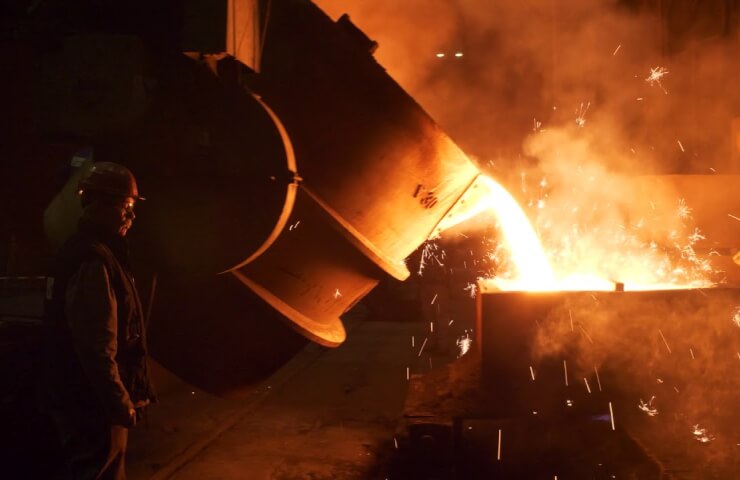Metal is one of the most common materials used by man. It is used not only for the manufacture of mechanisms. Modern construction is unthinkable without rolled steel. Decorative, artistic iron casting has existed for more than one century. However, interest in him has not faded. Separate elements perfectly complement both the interior and serve practical purposes.
Metals used
At different times, mankind used a variety of metals and alloys. The first, high-quality castings that have survived to this day can be safely identified as bronze. It melted at a relatively low temperature and resisted well the negative effects of humidity and temperature extremes. But, with the development of technology, cast iron casting has shown its decorative and practical advantages:
- Withstands significant static and dynamic loads.
- The minimum cost of raw materials for the production of scenery.
- There is no need to constantly care for the decor.
- Perfectly combined with natural and artificial materials.
- Cast iron is equally well suited for indoors and outdoors.
Important: even if cast iron decorations are not treated for corrosion protection, rust will very slowly destroy the products. Even after a hundred years, the casting will look like it was delivered from the factory just yesterday. To increase the value of cast iron products, they are covered with a decorative layer.
Scope of decorations
Most often, decorative elements are made of cast iron to decorate parks, squares, boulevards, buildings and individual exhibition centers. Thanks to high-quality molds, molten metal can be given almost any shape. After cooling, the decoration element is used in practice. The following cast-iron decor is the most popular:
- fencing for a balcony or flower bed;
- decorative medieval weapons;
- casting elements for fireplaces, stoves;
- park columns and fence posts;
- commemorative plaques, emblems.
The list of decorative elements created from liquid cast iron is large enough to be able to choose a decor for almost any occasion. Elements make unique not only public places, but also individual buildings, courtyards of private houses.





